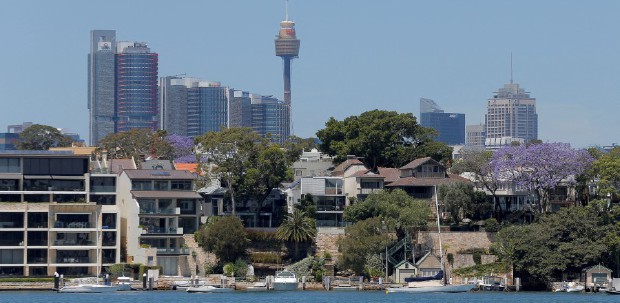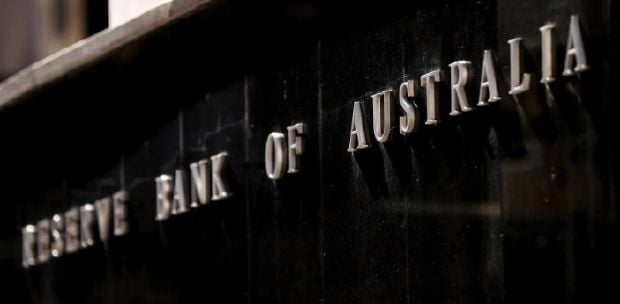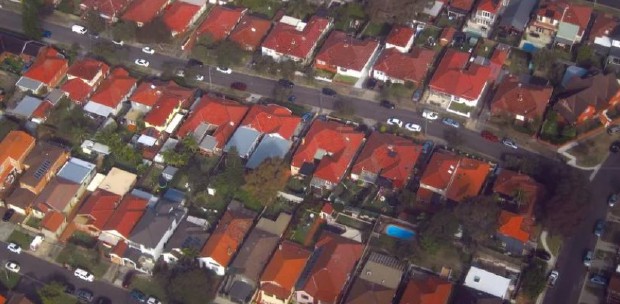SYDNEY: Australia's inflation eased by more than expected in October as goods prices fell, while core inflation also edged down, a result that affirms the case for the central bank to keep interest rates unchanged next week.
The benign figures helped the bond market extend its rally with three-year bond futures up 12 ticks to 95.95. The Australian dollar initially dipped to $0.6637 before stabilising at $0.6670, supported by the recent pull-back in the U.S. dollar.
Data from the Australian Bureau of Statistics on Wednesday showed its monthly consumer price index (CPI) rose at an annual pace of 4.9% in October, slower than the 5.6% increase in September and below market forecasts of 5.2%.
For the month, CPI fell 0.3%, driven by declines in petrol, rent and holiday travel.
A closely watched measure of core inflation, the trimmed mean, rose an annual 5.3% in October, easing from 5.4% the previous month. The CPI excluding volatile items and holiday travel slowed to 5.1%, the lowest since April 2022.
"It's hard to find bad news in Australia's October inflation print," said Harry Murphy Cruise, an economist at Moody's Analytics.
"The lower-than-expected October print is an early Christmas present for households and businesses... That should be enough to save the Reserve Bank Board from having to be the Grinch of Christmas when it meets next week."
However, analysts have cautioned that the monthly inflation data is heavily skewed towards goods in the first month of the quarter and do not capture price changes for a range of services, from hairdressers and dentists to dining out.
Prices for tradable goods fell 1.6% in October from a month earlier.
The persistent services inflation is one reason the Reserve Bank of Australia ended four months of steady policy and raised interest rates to a 12-year high of 4.35% this month. It also left the door open to further tightening if necessary to meet its annual inflation target of 2-3%.
Financial markets still see the RBA holding policy steady in December but imply an about 50% chance of one further hike to 4.60% in the first half of next year.
In October, holiday travel slumped 7.0% from a month earlier, dragging the annual pace down to 1.3%, the lowest since February 2022.
Rent inflation slowed to 6.6% from 7.6% in September, thanks to the government's rent assistance programme. They would have jumped 8.3% if it weren't for that, the ABS estimates.
Electricity prices still rose a brisk 10.1%.
"I think the risks are certainly to the cash rate having to be higher. The RBA doesn't have a very restrictive policy and we are seeing quite a lot of resilience in the economy," said Jonathan Kearns, chief economist at Challenger.
"The risk is that inflation, which is already sitting above OECD economies, remains high and then starts getting more baked into wage contracts and contracts in general in the community." - Reuters





